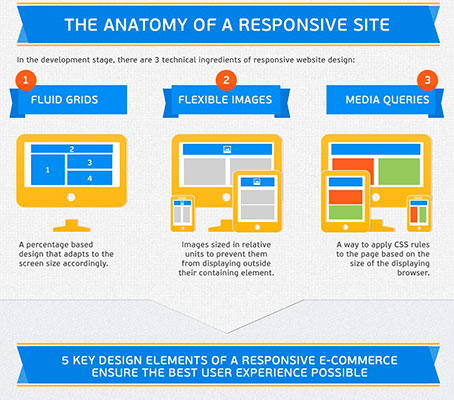The Transformation Of Online Operatings Systems: A Trip With Time
The Transformation Of Online Operatings Systems: A Trip With Time
Blog Article
Personnel Author-Asmussen Vinson
In the past, websites were easy and focused on details. Navigating was straight, and design was for desktop computers. Currently, individual experience is vital. Information overviews styles for simple navigation. Receptive formats fit various gadgets. Today, dark setting reduces stress, and minimalist food selections enhance navigation. Interactive attributes engage users, and vibrant visuals stick out. AI combination improves involvement. See how style has evolved to improve your on the internet journey.
Very Early Days of Website Design
In the early days of web design, simplicity preponderated. Internet sites were fundamental, with limited shades, typefaces, and formats. The focus got on providing details as opposed to fancy visuals. https://edwinxodtj.idblogz.com/30384007/approaches-for-ppc-success-conducting-thorough-search-phrase-research accessed the web through sluggish dial-up links, so speed and performance were vital.
Navigation food selections were straightforward, commonly situated at the top or side of the web page. Sites were created for home computer, as mobile surfing wasn't yet common. Content was king, and developers focused on very easy readability over complex design elements.
HTML was the primary coding language utilized, and designers had to function within its constraints. Computer animations and interactive attributes were marginal compared to today's criteria. Internet sites were static, with little vibrant web content or customized customer experiences.
Surge of User-Focused Design
With the evolution of website design, a shift in the direction of user-focused style principles has actually become progressively prominent. Today, creating sites that prioritize customer experience is crucial for involving visitors and achieving organization goals. User-focused layout includes recognizing the needs, preferences, and actions of your target audience to tailor the website's design, web content, and includes accordingly.
Designers now carry out detailed research, such as individual studies and functionality testing, to collect understandings and feedback directly from individuals. This data-driven strategy assists in developing intuitive navigation, clear calls-to-action, and aesthetically appealing interfaces that reverberate with visitors. By placing the customer at the center of the design procedure, web sites can provide a more personalized and enjoyable experience.
Receptive layout has additionally emerged as a key facet of user-focused style, guaranteeing that internet sites are optimized for different tools and display dimensions. This flexibility boosts access and functionality, accommodating the varied means individuals communicate with internet sites today. Basically, the increase of user-focused layout indicates a change in the direction of producing electronic experiences that prioritize the requirements and expectations of completion user.
Modern Trends in Web Design
Explore the most recent fads forming website design today. One prominent fad is dark setting layout, providing a smooth and contemporary look while decreasing eye strain in low-light atmospheres. Another key fad is minimalist navigation, simplifying food selections and improving customer experience by concentrating on essential elements. Including micro-interactions, such as computer animated switches or scrolling impacts, can develop a much more engaging and interactive internet site. Receptive layout continues to be crucial, ensuring smooth customer experiences throughout various tools. Furthermore, making use of vibrant typography and asymmetrical layouts can add visual rate of interest and accentuate details web content.
Incorporating AI modern technology, like chatbots for consumer assistance or individualized referrals, enhances individual involvement and simplifies processes. Access has also end up being a considerable trend, with developers focusing on comprehensive design practices to satisfy diverse user requirements. Embracing sustainability by optimizing website performance for speed and effectiveness is another emerging trend in website design. Working together with individual responses and data analytics to iterate and improve design continuously is essential for staying relevant in the ever-evolving digital landscape. By embracing these modern fads, you can create an aesthetically attractive, straightforward website that resonates with your target market.
Conclusion
As you assess the evolution of internet site style from the very early days to now, you can see exactly how user-focused design has actually come to be the driving force behind contemporary trends.
Welcome https://startups.co.uk/marketing/digital-marketing-trends/ of change and adaptation in web design, constantly keeping the user experience at the forefront.
Keep current with the most recent trends and modern technologies, and never quit evolving your approach to produce visually spectacular and easy to use sites.
Develop, adapt, and create - the future of web design remains in your hands.
